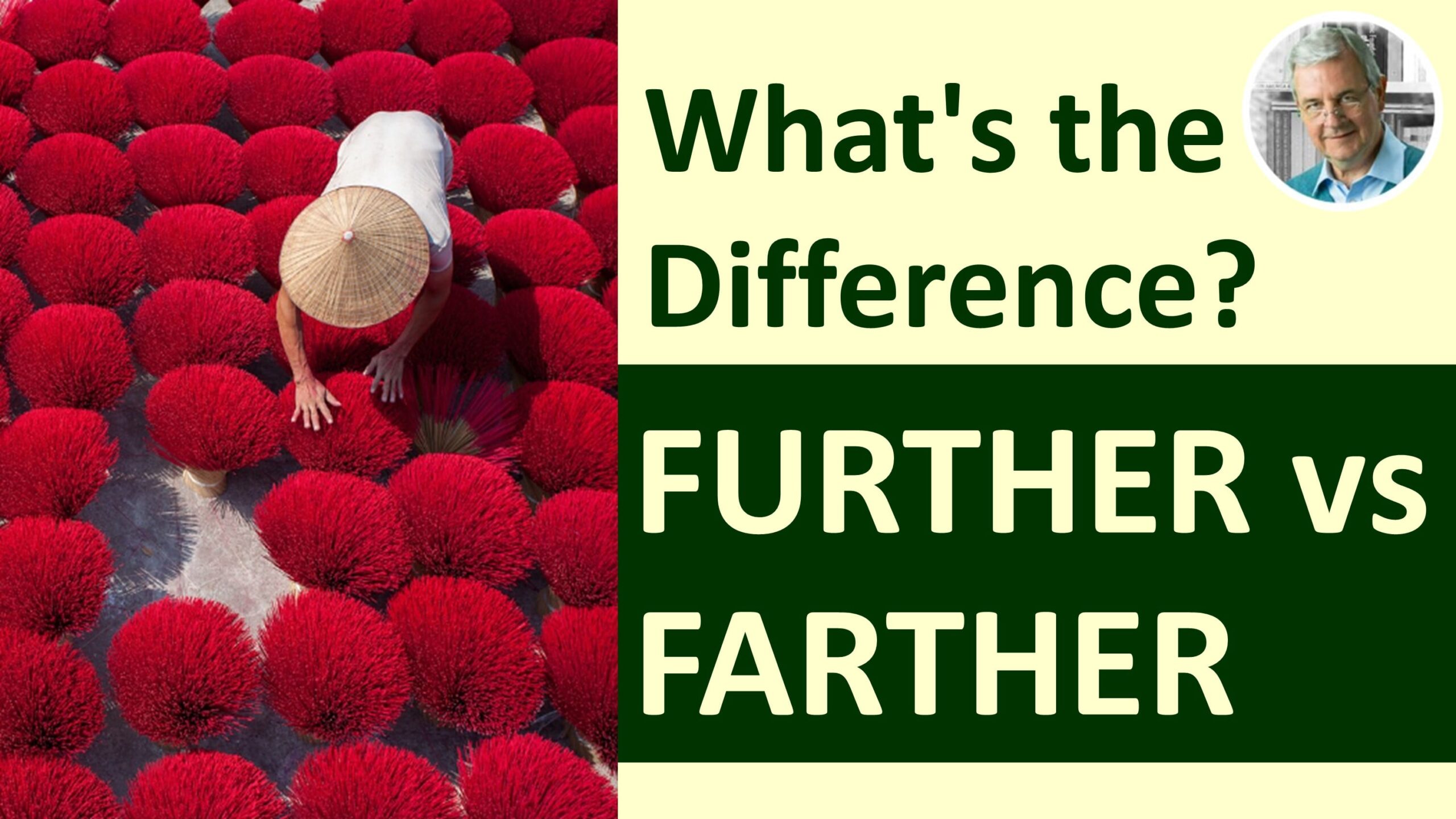EMPATHY vs SYMPATHY – What’s the Difference?
EMPATHY vs SYMPATHY – What’s the Difference?
EMPATHY vs SYMPATHY – This video gives a clear definition of each word and then, through illustrated sentence examples, shows how to use these words in their respective contexts.
Never confuse EMPATHY with SYMPATHY again.
Here is a transcript of the video: “EMPATHY vs SYMPATHY – What’s the Difference?”
Slide 2:
A quick reminder before we start,
Continually IMPROVE YOUR ENGLISH
Click the subscribe button
the Bell icon
All
Slide 3:
EMPATHY:
The ability to understand and share the feelings of another person.
In other words, the ability to imagine oneself in the place of another person, experiencing the emotions and feelings they are experiencing, which moves a person to show compassion. You could put it this way: “Your pain, in my heart”.
Slide 4:
SYMPATHY:
A feeling of pity or sorrow for the misfortune or distress another person is experiencing
Let’s first see an illustrated sentence example of empathy.
Slide 5:
In the picture we see two distressed women sitting on the steps of a public building.
Sentence example: When her husband died, her friend showed great empathy, having lost her husband a short time before.
In other words, the friend could put herself in the shoes of the woman who was just bereaved and imagine her feelings as she had had the same experience. She feels very deeply for her friend as you can see in the picture.
Now let’s look at an example of sympathy.
Slide 6:
The picture shows a husband with his arm around his wife’s shoulder.
Sentence example: Here we see a husband sympathizing with his wife on the day she lost her job.
So he feels pity or sorry for his wife and the unpleasant experience she has had. He tries to be supportive.
Now let’s test your understanding in the next two examples. Which word fits?
Slide 7:
First, the picture shows a man holding a sign in support of refugees.
Sentence example: Many people are quite __ to the plight of refugees.
Slide 8:
Answer: sympathetic
The man feels sorry for refugees and wants to give them support, although he can’t fully imagine or understand the challenges and negative emotions a refugee experiences.
Another example . . .
Slide 9:
The picture shows a therapist listening to a client.
Sentence example: A therapist needs to show __ to be really effective in her work.
Slide 10:
Answer: empathy
To be truly helpful and effective, the therapist needs to put herself in the shoes of her client and imagine what he or she is feeling and experiencing. She can then give practical, emotional and mental support.
Slide 11:
So what is the difference between empathy and sympathy? Remember:
Empathy is a stronger feeling and emotion where you put yourself in the other person’s shoes.
Sympathy is less intense, meaning you feel sorry or pity for someone.
Slide 12:
Has this video helped you?
LIKE | SHARE | COMMENT NOW!
Slide 13:
Build A Powerful English Vocabulary
with my FREE course on UDEMY
Go to: http://goodenglish.online
If you are interested in EMPATHY vs SYMPATHY – the difference, be sure to check this entry in The Correct Usage Guide:
CAPITAL vs CAPITOL – What’s the Difference?
Image Credits
Slide 6 – two women on steps
Creative Commons
https://flic.kr/p/8xPQpy
Slide 7 – arm around shoulder
Creative Commons
https://flic.kr/p/Dqf2gL
Slide 8, 9 – refugees
Creative Commons
https://flic.kr/p/RuXMJN
Slide 9, 10 – therapist
Public Domain
https://flic.kr/p/8XxARZ
Regarding the use of illustrations and photographs used in this video:
Creative Commons Attribution Licence
Others are allowed to copy, distribute, display, and perform copyrighted work – and derivative works based upon it if they give credit to the creator or source.
https://creativecommons.org/licenses/by/4.0/legalcode
Public Domain
Public domain works are not restricted by copyright and do not require a license or fee to use. Public domain status allows the user unrestricted access and unlimited creativity. These are typically very old works.



